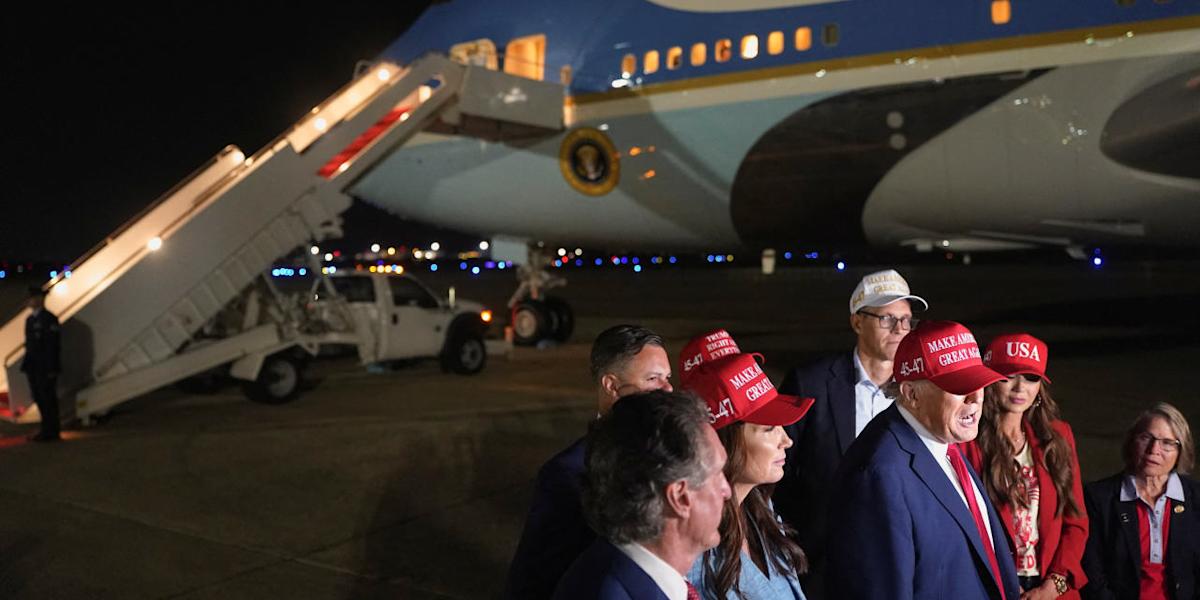President Trump said new tariff rates would kick in at the start of August. – nathan howard/Reuters
President Trump said he was preparing to set unilateral tariff rates of up to 70% that would kick in Aug. 1, delaying the levies while putting pressure on global trade negotiations.
The European Union will hold crunch talks with the U.S. over the weekend in an effort to secure a tentative trade agreement that avoids the higher levies.
Officials from the European Commission, the bloc’s executive body, told the EU’s member states on Friday that they are nearing the outline of a potential deal with the U.S. that would leave the current 10% tariffs on most European imports in place, people familiar with the matter said.
EU officials held talks in Washington this past week. The bloc is racing to do a deal before July 9, when Trump had threatened to raise tariffs for EU imports to 50%. The talks are fluid and the details of a potential agreement could change. It is also not certain that a deal will be reached.
Trump said the U.S. is poised to inform many trading partners of import duties ranging “from maybe 60% to 70% tariffs to 10% and 20% tariffs,” putting global investors on the defensive with U.S. markets closed for July Fourth.
The notices will be sent to countries by July 9, the president said. That is the White House’s self-imposed deadline for ending a 90-day pause on “reciprocal” tariffs first unveiled in April. He said the tariffs would kick in from the start of next month, telling reporters: “They’ll start to pay on Aug. 1.”
In subsequent comments to reporters late Friday, Trump said he has signed about a dozen letters and they will be sent out on Monday.
The indication that tariffs will take effect in August suggests the U.S. wants more time to continue pushing for agreements with key trading partners such as the EU, Japan and South Korea, said Inga Fechner, an economist at ING.
“That’s the most interesting takeaway because it would basically mean that he would leave more room for negotiations,” Fechner said. Big trading partners would likely retaliate if the higher tariff rates kick in next week, she said.
So far, the administration has struck preliminary trade pacts with the U.K. and Vietnam, and an on-again, off-again truce with China.
It wasn’t immediately clear if the EU would be able to secure tariff reductions for particular industries, such as automotive or steel, a key demand from member states including Germany. The EU currently faces 25% tariffs in the automotive sector and 50% tariffs on steel and aluminum.
Story Continues
